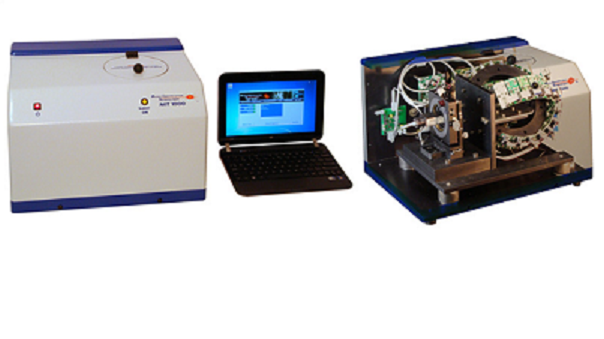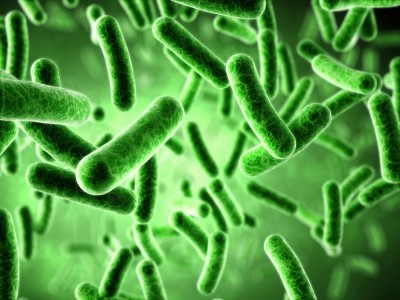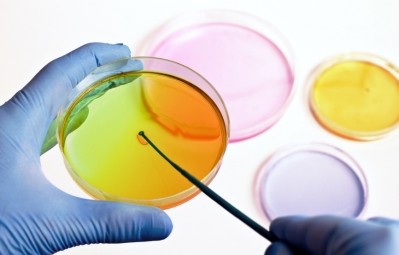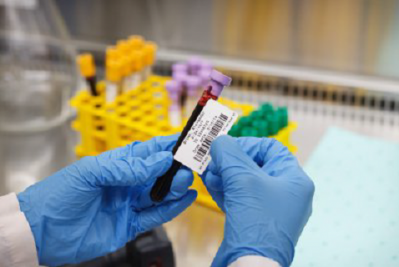MIT and NMU target alternative sample prep method

The MIT 1000 is a bacterial cell based identification system that can identify pathogenic bacteria, after culturing, in an average of three minutes.
The process requires clean filtered water and a sample of the unknown bacteria.
Dr Amit Morey, a consultant to MIT proposed the sample preparation method.
"This method will revolutionize the MIT 1000 System and significantly broaden its appeal in the clinical health, and food safety markets, as well as other pathogen testing arenas," he said.
MIT expanded the use of its pathogen detection system to include Staphylococcus bacteria at the start of the year.
Bacteria from culture plates
Dr David Haavig, chief scientist of MIT, said although the system has many benefits it still requires bacteria taken from culture plates.
“This new method will significantly simplify the bacterial isolation step and completely eliminate the culture plate growth time of 16-24 hours. If successful, this new method will reduce the entire specimen identification turnaround time to four to five hours," he said.
Haavig spoke to FQN about a separate partnership with Purdue University last year.
MIT 1000 has been certified by the AOAC for identification of Listeria spp.
The company has added Staphylococcus (Staph) and Salmonella enterica serotype Choleraesuis (S. Choleraesuis) to its catalog of identifiers.
It is continuing development of Salmonella Identifiers including Salmonella spp, S. Heidelberg, S. Enteritidis and S. Typhimurium.
Capture bacteria from a specimen
Dr Josh Sharp, assistant professor at the Northern Michigan University Department of Biology in Michigan, has been spearheading the collaboration which started in October 2013.
He is researching clinical applications of the MIT 1000 System, particularly Staphylococcus aureus (S. aureus) and Methicillin Resistant S. aureus (MRSA).
"It has been shown that rapid identification of bacterial pathogens has the potential to improve successful patient outcomes,” he said.
"However many of the current agar plate based identification methods require 16-24 hours of growth before identifications can be made.
"To decrease the time for organism identification, the Sharp lab at NMU will be working in collaboration with MIT to develop a method to capture S. aureus bacteria directly from a specimen. Using the MIT 1000, this would decrease the total time for S. aureus identification to four to five hours."
Jeff Nunez, president of MIT, said: "If Dr Sharp's efforts are successful, and we are highly confident they will be, this will be a major game changer since this new method can easily be extended to other significant clinical and food safety pathogens.
“Additionally, this method can be fully accomplished well within an eight hour lab technicians work shift.”

















